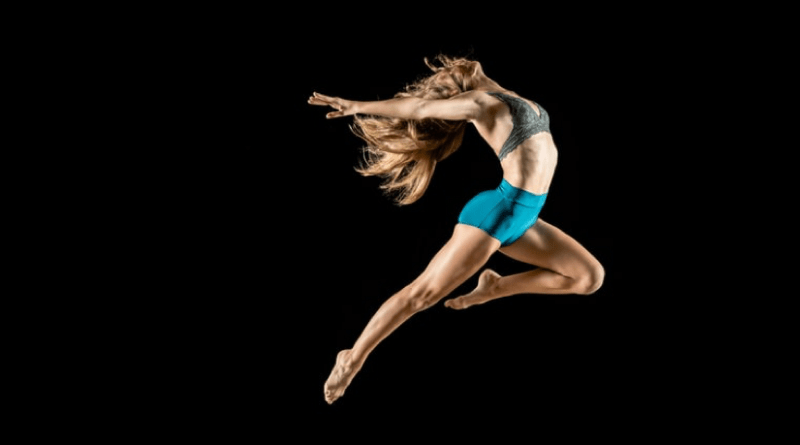Understanding Your Nutritional Needs as a Dancer
All foods have a purpose, but not all foods are created equal. For dancers, food is meant for energy, stamina, endurance, electrolytes and calorie replenishment. In other words, food is crucial to dance.
Dancers are also athletes and dance requires precision, control, balance, bursts of energy, and many other variations of energy. Once a dancer runs out of fuel, their energy level will be depleted and their movement will be affected. Therefore, understanding proper nutrition is vital to dancers because it is what fuels a dancer’s body, and thus their career.
How many calories do dancers need?
A dancer must eat with the same mindset as athletes do. This entails having an awareness of basic nutritional needs, such as how many calories should be eaten to replace the calories burned when performing drills and practices.
While it might seem like simple math, in reality the answer to this question is not so simple. Different types of dance, depending on intensity and length of time, can burn calories at different rates.
For example, dancing for 30 minutes would burn the following:
Ballet: 179 calories
Ballroom: 118 calories
Hip hop: 207 calories
Salsa: 143 calories
Swing: 207 calories
Country Western line dancing: 172 calories
Tap: 164 calories
Knowing how many calories you burn during each session is important because this dictates how many calories you should eat during your next meal. Remember the above are just estimates — you’ll have a better idea when you consult your dietitian for professional advice on proper calorie and nutrition intake.
What kinds of foods are best for dancers?
While there are no set rules for everyone to follow, there are general recommendations for a dancer’s diet. According to the Nutrition Resource Paper, published by International Association for Dance Medicine & Science (IADMS) in 2019, the energy in a dancer’s diet should consist of:
Carbohydrates: 55%
Protein: 12-15%
Fats: 20-30%
This recommendation will vary based on the dancer’s body type, age, gender, metabolism, current weight, weight-management goals, and overall health condition.
Why is building a healthy food culture important?
Modern dance sees lines and form as the mark of a good dancer. This unfortunately leads to a greater pressure to maintain a slimmer physique to achieve that perfect form. As a result, many dancers, especially female dancers, can develop a difficult relationship with food — sometimes to the point of developing an eating disorder.
In ballet, anorexia and other eating disorders have become a serious problem, with over 1 in 5 dancers suffering from the disease. In our previous article, Margherita Barbieri described how ‘making the split’ was an important moment in her recovery from anorexia. Much of her interview detailed how battled her way back from the loss of control brought about by her disorder.
Although some dancers are able to recover, experts recommend focusing on prevention by making systematic changes to the environment. This includes building a healthier food culture and the key lies in developing healthy eating habits and having a positive self-image.
How can dancers build healthy eating habits?
A dancer can build healthy eating habits by consulting with experts with training in those areas. Some examples of this are dietitians, nutritionists, and professionals with a healthcare concentration and nutrition training. Each dancer’s needs are different, and by working together with professionals, institutions, and other support systems, it’s possible to create a healthy eating environment and eating habits.
Nutrition is a vital part of any dancers’ career. Proper nutritional habits need to be developed in order to sustain the demands of this profession. While there is no one-size-fits-all approach to dancer nutrition, there are recommendations available to guide dancers in achieving their nutritional goals.
For your specific nutritional requirements, please seek professional advice from experts so you can ensure you have the fuel and energy to dance at your best.
Contributed by Tiffany Hope for au-di-tions.com
Photo: Unsplash
- Understanding Your Nutritional Needs as a Dancer - December 10, 2021

